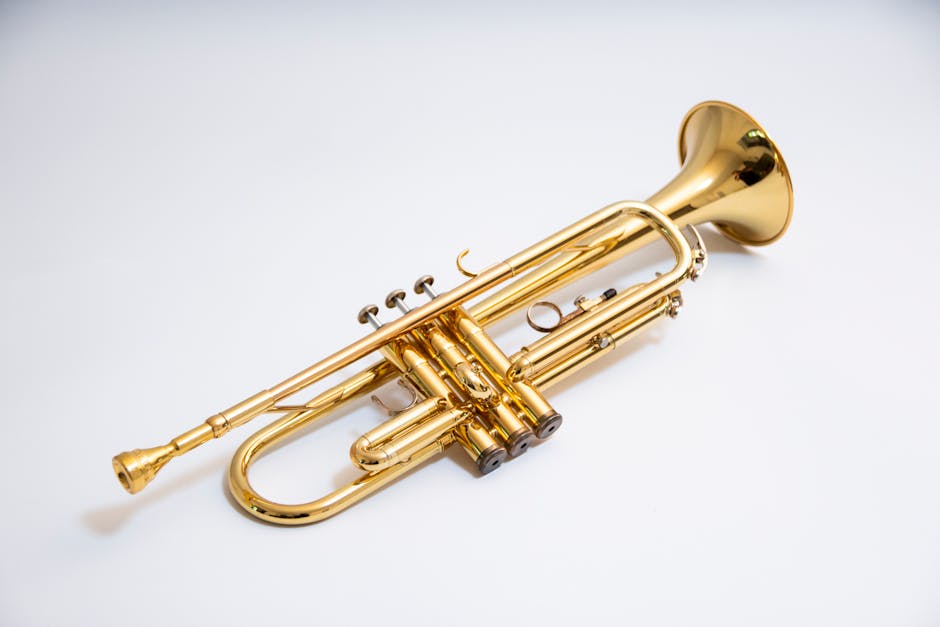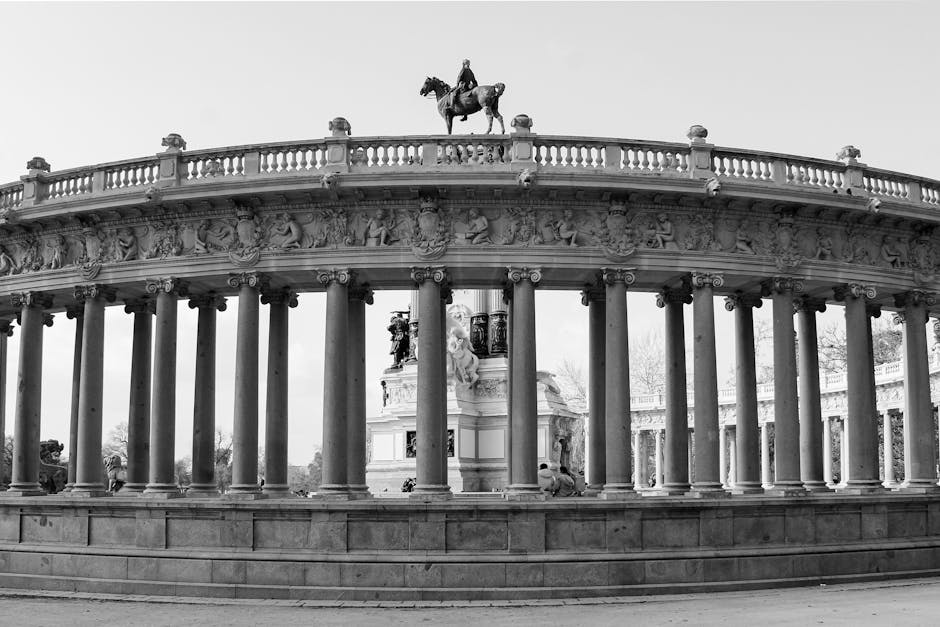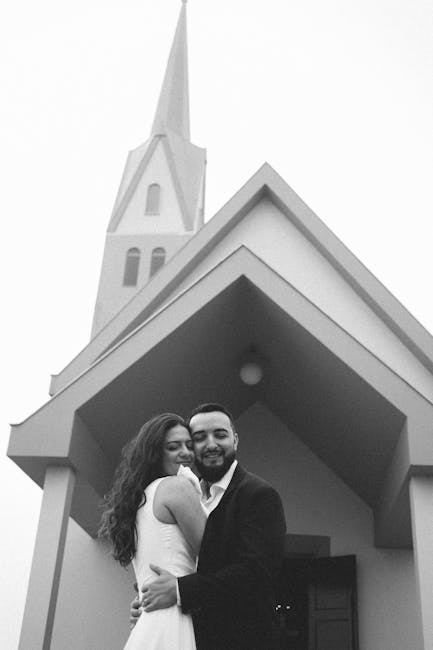Royal Barges Procession: Witnessing Thailand's Majestic River Ritual

Royal Barges Procession: Witnessing Thailand's Majestic River Ritual
Have you ever witnessed something so breathtakingly beautiful it left you speechless? For me, that was the Royal Barges Procession in Thailand. It's not just a parade; it's a living, breathing testament to Thai history, artistry, and the profound respect for their monarchy. Imagine gleaming, intricately carved barges gliding down the Chao Phraya River, carrying royalty and chanting oarsmen in a dazzling display of tradition. It's truly an unforgettable experience. I'm excited to share my experience and some fascinating details about this unique and sacred ceremony with you.
A River of History: Understanding the Procession's Significance

The Royal Barges Procession isn't just for show; it's deeply rooted in Thai history and religious beliefs. The Chao Phraya River, the "River of Kings," has always been vital to Thailand. It's been a major trade route, a source of sustenance, and a place of spiritual significance. The procession itself is a symbolic reenactment of ancient royal journeys, a way for the monarch to connect with the people and pay homage to sacred sites along the river.
Historically, these processions were used for various royal duties, including:
- Warfare: The barges were sometimes used for naval battles or to transport troops.
- Diplomacy: They served as impressive vessels for receiving foreign dignitaries and conducting state affairs.
- Religious Ceremonies: The most common use was for religious ceremonies, like presenting robes to monks at temples along the river, or transporting sacred Buddha images.
Today, the Royal Barges Procession is primarily held for special occasions, such as coronations, significant anniversaries, or religious events. It's a way to preserve ancient traditions and reaffirm the monarchy's role in Thai society. Seeing it is like stepping back in time, connecting with centuries of Thai heritage.
The Stars of the Show: The Royal Barges

The real stars of the procession are, without a doubt, the Royal Barges. These aren't your average boats; they're floating works of art, each with its own unique history and symbolism. Imagine intricate carvings, vibrant colors, and gilded details reflecting in the sunlight – it's truly awe-inspiring. These barges represent power, prestige, and the artistic prowess of Thai craftsmen.
Here are a few of the most important barges you'll see in the procession:
- Suphannahongse (The Golden Swan Barge): This is the King's personal barge and the most important vessel in the procession. It's easily recognizable by its magnificent swan figurehead, adorned with gold leaf and precious stones. Seeing the Suphannahongse glide past is an experience I'll never forget – the sheer artistry and regal presence are simply captivating.
- Anantanakkharat (The Naga Barge): This barge is adorned with a seven-headed Naga (serpent) figurehead. Nagas are mythical creatures in Thai mythology, believed to be protectors of waterways and treasures. The Anantanakkharat symbolizes power and protection.
- Anekkachatphuchong (The Manohra Barge): This barge features a figurehead depicting a mythical creature, half-human and half-bird, from the Manohra dance drama. It represents grace, beauty, and spiritual enlightenment.
- Krabee Ran Ron Rap (The Monkey Barge): With a monkey figurehead, this barge adds a touch of playfulness to the solemn procession. It symbolizes cleverness, agility, and devotion, referencing the monkey Hanuman from the Ramakien epic (the Thai version of the Ramayana).
Each barge is propelled by around 50 oarsmen, dressed in traditional costumes. Their synchronized rowing, accompanied by ancient chants, creates a hypnotic rhythm that adds to the magic of the event. The combination of visual splendor and auditory harmony is simply mesmerizing.
The Oarsmen's Chant: A Symphony on the Water

Beyond the visual spectacle, the Royal Barges Procession is also a powerful auditory experience. The oarsmen's chant, known as the "Kap He Rua" (Boat Song), is an integral part of the ceremony. This ancient chant is a combination of rhythmic verses and calls, sung in unison by the oarsmen as they propel the barges down the river.
The Kap He Rua serves several purposes:
- Synchronizing the Rowing: The rhythm of the chant helps the oarsmen maintain a consistent stroke, ensuring the barges move smoothly and gracefully through the water.
- Boosting Morale: The chant encourages the oarsmen, reminding them of the importance of their role and the honor of participating in the procession.
- Honoring the King: Many of the verses in the Kap He Rua are praises to the King and the royal family, expressing loyalty and respect.
The sound of the Kap He Rua echoing across the Chao Phraya River is truly unforgettable. It's a powerful reminder of the history and traditions that are being preserved through this ceremony. Listening to it, you can almost feel the spirits of past generations joining in the chant.
Planning Your Visit: Tips for Witnessing the Magic

Witnessing the Royal Barges Procession is a truly special experience, but it requires some planning. These events don't happen every year, so it's important to stay informed about upcoming processions and secure your viewing spot in advance.
Here are some tips to help you plan your visit:
- Stay Informed: Keep an eye on announcements from the Thai government and tourism authorities. They will announce the dates and details of upcoming processions well in advance. Websites like the Tourism Authority of Thailand (TAT) are excellent resources.
- Secure Your Viewing Spot: Popular viewing areas along the Chao Phraya River fill up quickly, so it's essential to arrive early to secure a good spot. Consider booking a hotel with a river view or purchasing tickets for designated viewing areas.
- Dress Respectfully: As this is a royal and religious ceremony, it's important to dress respectfully. Avoid wearing revealing clothing, and consider wearing modest attire, such as long pants or a skirt and a shirt with sleeves.
- Bring Essentials: Bangkok can be hot and humid, especially during the day. Remember to bring sunscreen, a hat, sunglasses, and plenty of water to stay hydrated.
- Be Prepared for Crowds: The Royal Barges Procession attracts large crowds, so be prepared for congestion and long waits. Be patient and respectful of others.
- Learn Some Basic Thai Phrases: Knowing a few basic Thai phrases, such as "Sawasdee" (hello) and "khop khun" (thank you), will be appreciated by the locals.
Choosing the Right Viewing Spot: Different locations offer different perspectives. Wat Arun (Temple of Dawn) offers a stunning backdrop, but it can be very crowded. Riverfront hotels provide comfortable viewing options, but they can be expensive. Public parks along the river are free, but you'll need to arrive early to secure a spot. Personally, I enjoyed viewing it from a slightly elevated position on one of the bridges – it gave a great panoramic view of the entire procession.
Beyond the Barges: Exploring Bangkok's Royal Heritage

While the Royal Barges Procession is a highlight, Bangkok offers so much more to explore in terms of royal heritage. Take the opportunity to visit some of the city's magnificent temples, palaces, and museums to delve deeper into Thai history and culture.
Here are a few must-see attractions:
- The Grand Palace: This is the former royal residence and the most iconic landmark in Bangkok. Explore its opulent halls, courtyards, and temples, including Wat Phra Kaew (Temple of the Emerald Buddha).
- Wat Arun (Temple of Dawn): This stunning temple, located on the banks of the Chao Phraya River, is known for its intricate decoration and towering prang (spires). It's especially beautiful at sunset.
- Wat Pho (Temple of the Reclining Buddha): This temple is home to a massive reclining Buddha statue, one of the largest in the world. It's also a renowned center for traditional Thai massage.
- Vimanmek Mansion: This is the world's largest teakwood building and a former royal residence. Explore its beautifully preserved interiors and learn about the life of King Chulalongkorn (Rama V).
- The Royal Museum: Discover a treasure trove of artifacts, artwork, and historical objects related to the Thai monarchy.
By exploring these sites, you'll gain a deeper understanding of the history, culture, and traditions that are celebrated during the Royal Barges Procession. You'll also appreciate the enduring legacy of the Thai monarchy and its impact on Thai society.
A Timeless Tradition: The Future of the Royal Barges Procession

The Royal Barges Procession is more than just a spectacle; it's a vital part of Thailand's cultural heritage. It's a way to preserve ancient traditions, honor the monarchy, and connect with the country's rich history. Despite the challenges of modernization, the procession continues to be a cherished event, attracting both locals and tourists alike.
The future of the Royal Barges Procession looks bright. Efforts are being made to ensure the preservation of the barges, the chants, and the traditions associated with the ceremony. Younger generations are being encouraged to participate and learn about the significance of this event, ensuring that it will continue to be celebrated for many years to come.
I truly believe that witnessing the Royal Barges Procession is an experience that everyone should have at least once in their lifetime. It's a chance to step back in time, marvel at the artistry and craftsmanship of Thai artisans, and connect with the spiritual heart of Thailand. So, if you ever have the opportunity to attend, don't hesitate. You won't be disappointed.
Reflecting on the Experience: More Than Just a Spectacle

Looking back on my experience, I realize that the Royal Barges Procession is so much more than just a beautiful spectacle. It's a reminder of the enduring power of tradition, the importance of cultural preservation, and the profound respect that the Thai people have for their history and monarchy. It's an event that connects the past, present and future. It's a celebration of Thai identity and a testament to the enduring beauty of Thai culture.
Have you ever witnessed a cultural event that left a lasting impression on you? I'd love to hear about it! Sharing these experiences helps us connect with each other and appreciate the diversity of cultures around the world.
Perhaps one day, we'll meet along the banks of the Chao Phraya River and witness the magic of the Royal Barges Procession together. Until then, I hope this article has given you a glimpse into this extraordinary event and inspired you to learn more about Thai culture.
Post a Comment